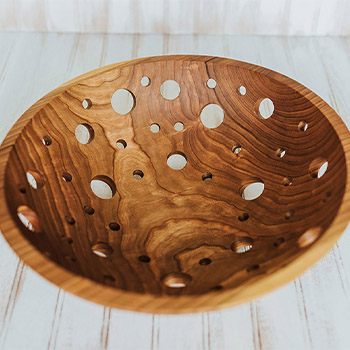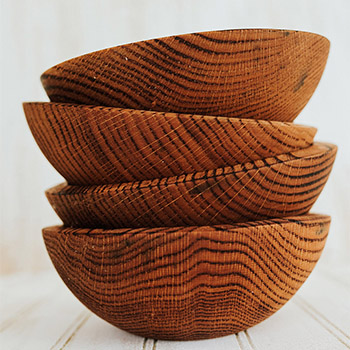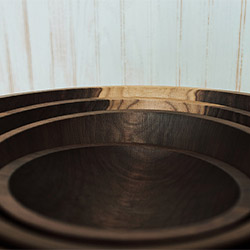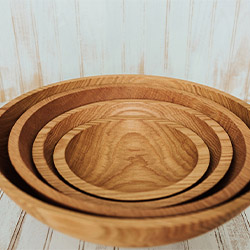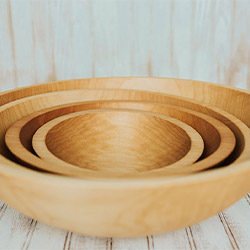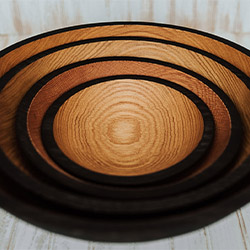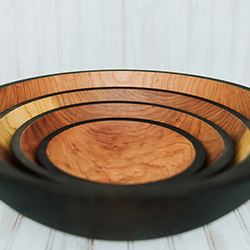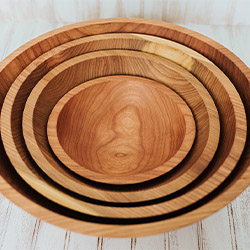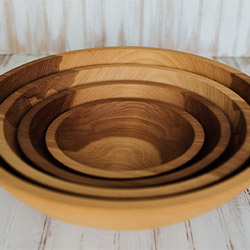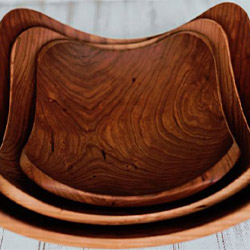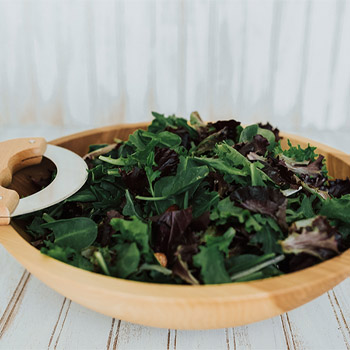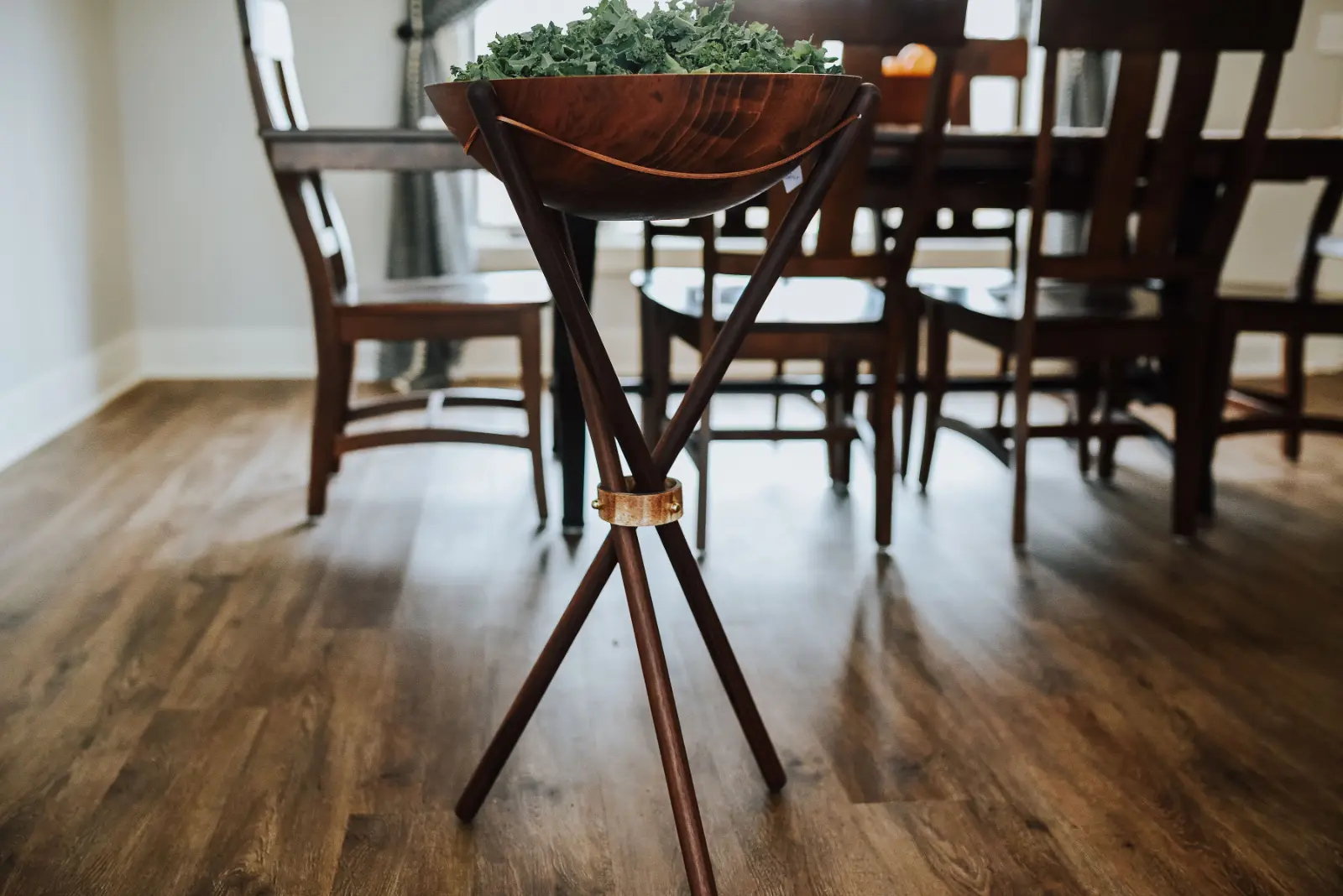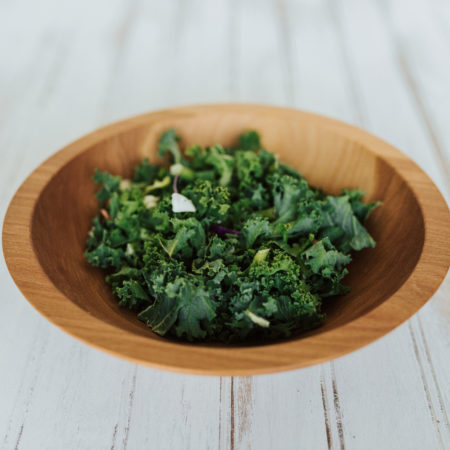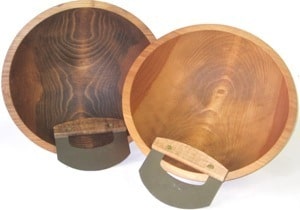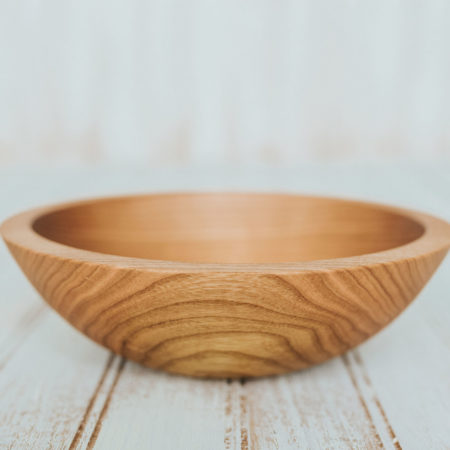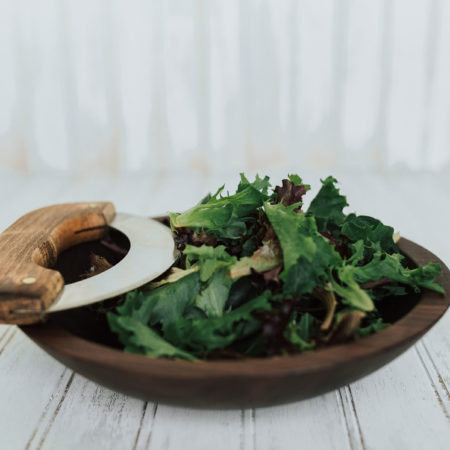Are your wooden boards warping and losing their shape? Don’t worry, you’re not alone. Warping in wooden boards is a common problem that many people face.
But fear not, for there are ways to prevent this from happening. In this discussion, we will explore some helpful care tips that will keep your wooden boards in pristine condition.
From choosing the right wood to applying protective finishes, we will delve into the world of preventing warping and ensuring the longevity of your beloved wooden boards.
So, let’s get started on this journey of preserving the beauty and functionality of your wooden boards.
Key Takeaways
- Warping in wooden boards is caused by uneven moisture saturation, excessive humidity, direct sunlight, and changes in temperature.
- Choosing wood with high durability, such as oak or maple, is recommended for heavy-use applications.
- Proper seasoning and drying techniques, including slow drying in a well-ventilated area and stored in a cool, dry place, help control moisture and maintain stability.
- Using protective finishes such as sealants, wax coatings, or varnish can prevent moisture absorption and enhance durability, preventing warping and cracking.
Understanding Warping in Wooden Boards
To properly care for your wooden boards, it’s crucial to understand the causes and effects of warping. Warping occurs when the wood fibers in your boards become unevenly saturated with moisture. This can happen when the boards are exposed to excessive humidity, direct sunlight, or changes in temperature. Understanding the causes of warping will help you take the necessary steps to prevent it and keep your wooden boards in top condition.
Excessive humidity is one of the main culprits behind warping. When the moisture content in the air is too high, the wood absorbs the excess moisture, causing it to expand. As a result, the boards can become misshapen and distorted. To combat this, ensure proper ventilation in the area where your boards are stored or used. Installing a dehumidifier can also help regulate the moisture levels in the air.
Direct sunlight can also contribute to warping. When wooden boards are exposed to prolonged sunlight, the heat can cause the moisture inside the boards to evaporate rapidly. This leads to uneven drying and contraction, resulting in warping. To prevent this, consider applying a protective finish to your boards that include UV inhibitors. Additionally, keep your boards away from direct sunlight or use window treatments to limit exposure.
Lastly, sudden changes in temperature can cause drastic expansion or contraction of the wood fibers, leading to warping. Avoid placing your wooden boards near heat sources such as radiators or stoves. If you need to move your boards from a cold to a warm environment, allow them to acclimate gradually to the new temperature.
Choosing the Right Wood for Durability
Experiencing warping in your wooden boards can be frustrating, but choosing the right type of wood for durability can help minimize this issue. The type of wood you select plays a significant role in determining how well your boards will hold up over time. To make an informed decision, it’s important to consider the characteristics of different types of wood and how they affect durability.
Below is a table that outlines some common types of wood along with their durability ratings and benefits:
| Type of Wood |
Durability Rating |
Benefits |
| Oak |
High |
Resistant to wear and tear, long-lasting |
| Maple |
High |
Hard and dense, resistant to scratches |
| Cherry |
Medium |
Beautiful grain patterns, moderate durability |
| Walnut |
Medium |
Rich, dark color, moderate durability |
| Pine |
Low |
Affordable, lightweight, prone to dents |
Choosing a wood with a high durability rating, such as oak or maple, is recommended if you want your wooden boards to withstand heavy use and resist warping. These woods are known for their strength and longevity, making them ideal for kitchen countertops, cutting boards, and other applications where durability is crucial.
However, if you prefer the aesthetic appeal of cherry or walnut, keep in mind that they have a slightly lower durability rating. While they may require more careful maintenance and occasional repairs, their unique beauty can still be enjoyed with proper care.
On the other hand, if you’re on a budget or prefer a more lightweight option, pine can be a suitable choice. Just be aware that it is more susceptible to warping and dents, so it may not be the best option for high-traffic areas.
Proper Seasoning and Drying Techniques
Now let’s talk about how to properly season and dry your wooden boards.
Controlling the moisture content is crucial to prevent warping and cracking, so make sure to let your boards dry slowly in a well-ventilated area.
Additionally, store your boards in a cool, dry place to maintain their stability and longevity.
Moisture Content Control
Properly seasoning and drying your wooden boards is essential for controlling moisture content. To ensure your boards remain in optimal condition, follow these tips.
- Start by storing your boards in a well-ventilated area. This will prevent excessive moisture buildup that could lead to warping.
- Make sure to stack the boards with spacers between each layer to allow air circulation.
- Avoid exposing the boards to direct sunlight or extreme temperature changes, as this can cause the wood to expand and contract, leading to cracks.
- Regularly check the moisture content of your boards using a moisture meter. The ideal range for wooden boards is between 6% and 8%.
Proper Storage Techniques
To properly store your wooden boards and ensure their longevity, it’s important to follow proper seasoning and drying techniques. Here are some tips to help you store your wooden boards correctly:
- Seasoning: Allow the newly cut boards to dry for at least six months before use, ensuring that the moisture content is around 15-20%.
- Air Circulation: Store the boards in a well-ventilated area to prevent moisture buildup and mold growth.
- Stacking: Place wooden spacers between the boards to promote air circulation and prevent warping.
- Avoid Direct Sunlight: Keep the boards away from direct sunlight to prevent excessive drying and potential cracking.
- Temperature and Humidity Control: Maintain a stable temperature and humidity level in the storage area to minimize wood movement.
Applying Protective Finishes to Prevent Moisture Absorption
To prevent moisture absorption, you can apply a sealant to create a protective barrier on the wooden board. This will help to keep the moisture out and preserve the quality of the wood.
Another option is to apply a wax coating, which will provide a layer of prevention against moisture.
Lastly, using varnish on the wooden board can offer moisture resistance and help maintain its durability over time.
Sealant for Moisture Protection
Consider applying a protective finish to your wooden board to prevent moisture absorption. This will help ensure the longevity and durability of your board, allowing you to enjoy it for years to come.
Here are five reasons why using a sealant is essential for moisture protection:
- Preserve natural beauty: A protective finish enhances the natural grain and color of your wooden board, giving it a more polished and appealing look.
- Prevents warping and cracking: By creating a barrier against moisture, a sealant helps to prevent warping and cracking, preserving the integrity of your board.
- Reduces maintenance: Applying a protective finish reduces the need for frequent maintenance, saving you time and effort in the long run.
- Enhances stain resistance: A sealant helps to repel stains and spills, making it easier to clean and maintain your wooden board.
- Protects against rot and decay: Moisture can lead to rot and decay in wood, but a sealant acts as a shield, protecting your board from these damaging effects.
Wax Coating for Prevention
Using a wax coating is an effective method for preventing moisture absorption and protecting your wooden board. Wax creates a protective barrier on the surface of the wood, preventing water from seeping in and causing warping or damage. Not only does wax coating provide moisture protection, but it also enhances the natural beauty of the wood, giving it a warm and inviting appearance.
To apply a wax coating to your wooden board, follow these simple steps:
| Step |
Instructions |
| 1 |
Clean the board thoroughly to remove any dirt or debris. |
| 2 |
Apply a thin layer of wax using a clean cloth or brush. |
| 3 |
Allow the wax to dry for a few minutes. |
| 4 |
Buff the surface with a clean cloth to achieve a smooth and shiny finish. |
Varnish for Moisture Resistance
For enhanced moisture resistance and protection against water damage, applying a varnish is an effective method for safeguarding your wooden board. Varnish creates a protective barrier that prevents moisture absorption, ensuring the longevity of your board.
Here are five reasons why varnish is the perfect choice for moisture resistance:
- Superior water repellency: Varnish forms a tight seal, preventing water from seeping into the wood.
- Enhanced durability: Varnish provides a hard and durable surface, keeping your board safe from wear and tear.
- Easy application: Applying varnish is a simple process that anyone can do, even if they’re not a DIY expert.
- Wide range of finishes: Varnish comes in various finishes, allowing you to choose the one that best suits your aesthetic preferences.
- Long-lasting protection: With proper maintenance, varnish can provide long-lasting moisture resistance, ensuring your wooden board stays in top condition.
Storing Wooden Boards in a Controlled Environment
To ensure the longevity of your wooden boards, it’s crucial to store them in a controlled environment. Proper storage not only prevents warping but also helps maintain the beauty and functionality of your boards.
So, where should you store your wooden boards? The ideal location is a dry and well-ventilated area with consistent temperature and humidity levels.
Firstly, avoid storing your boards in damp or humid places like basements or attics. Moisture can seep into the wood, causing it to expand and contract, leading to warping. Instead, choose a space that’s protected from moisture and has good airflow. A temperature-controlled room or a pantry can be excellent options.
Furthermore, it’s important to keep your wooden boards away from extreme temperatures. Fluctuations in temperature can cause the wood to expand or contract rapidly, leading to cracks or splits. Avoid storing your boards near heaters, radiators, or direct sunlight, as these can expose them to excessive heat.
Additionally, consider using a rack or shelf to store your wooden boards. This will help keep them upright and prevent any unnecessary pressure or weight on the boards, which can also lead to warping. Make sure the rack or shelf is sturdy and can support the weight of the boards.
Cleaning and Maintaining Wooden Boards
Keep your wooden boards in top condition by regularly cleaning and maintaining them. Cleaning and maintaining your wooden boards not only helps them last longer but also ensures that they remain safe to use and free from bacteria.
Here are some tips to help you keep your wooden boards in the best possible condition:
- Clean with mild soap and warm water: After each use, wash your wooden board with mild soap and warm water. This will help remove any food particles and prevent the growth of bacteria.
- Avoid harsh chemicals: Harsh chemicals can damage the wood and affect its integrity. Stick to mild soap and warm water for regular cleaning.
- Dry thoroughly: After washing, make sure to dry your wooden board thoroughly. Excess moisture can lead to warping and cracking.
- Apply mineral oil: To prevent the wood from drying out and cracking, apply a thin layer of mineral oil to your wooden board every few months. This will keep the wood moisturized and protected.
- Resurface when needed: Over time, your wooden board may develop scratches and knife marks. To restore its smooth surface, sand the board lightly and apply a food-safe oil or wax.
Regular Inspection and Repair for Longevity
After ensuring that your wooden board is clean and well-maintained, it is important to regularly inspect and repair it to prolong its longevity. Regular inspection helps identify any potential issues before they become major problems and allows you to take prompt action to prevent further damage. Repairing your wooden board promptly not only extends its lifespan but also ensures that it remains safe to use. Here are some steps you can take to effectively inspect and repair your wooden board:
| Step |
Inspection and Repair Tips |
Benefits |
| 1 |
Check for cracks, splits, or warping. |
Prevents further damage and potential accidents. |
| 2 |
Sand down any rough or uneven areas. |
Creates a smooth surface for safe food preparation. |
| 3 |
Apply a coat of food-grade mineral oil or beeswax regularly. |
Moisturizes the wood and prevents drying and cracking. |
Review
In the battle against warping, taking proper care of your wooden boards is crucial. By choosing durable wood, seasoning and drying it correctly, applying protective finishes, and storing it in a controlled environment, you can prevent warping and ensure its longevity.
Regular cleaning, maintenance, and inspection will also help keep them in top shape. Remember, the warping war can be won with a little care and attention.
So, don’t let your wooden boards be casualties of neglect.

